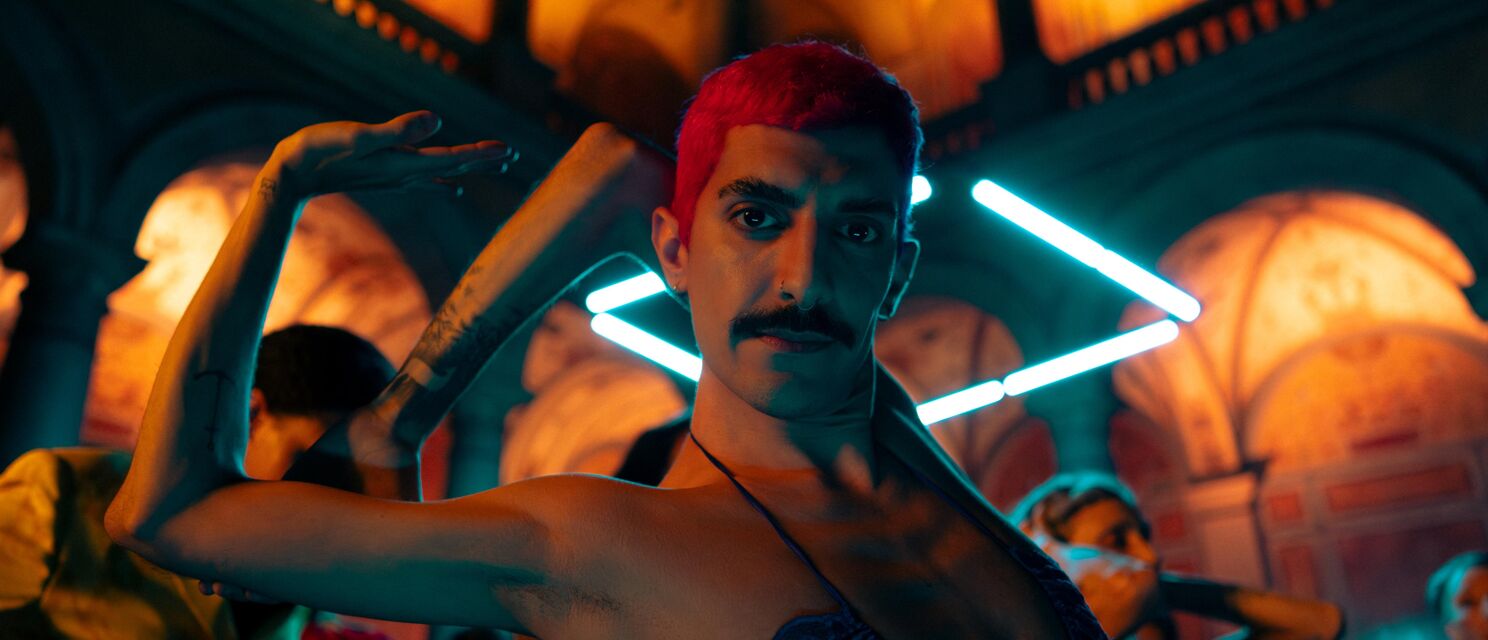Museums and Galleries in Austria
Explore the world of Austrian art
A journey through art history
Museums and galleries offer a fantastic way to explore a country’s culture. They share personal stories and reveal both past and present. Austria’s museums and galleries bring a fresh charm, drawing in art lovers from around the world.
From Vienna’s grand Museum of Applied Arts to the contemporary Kunsthaus in Bregenz, there’s a wide range of art to enjoy. Here, history meets modern art, creating inspiring spaces full of creativity. Exhibitions invite you to step into a world of beauty, where each brushstroke and sculpture can leave a lasting impression.
Visiting these cultural gems gives a glimpse into art's journey through time and brings a sense of ease and freedom. Museums and galleries in Austria are lively places for connection and discovery. Embrace the inspiration, gain new perspectives, and enjoy Austria’s artistic treasures.
Austria's most famous museums
Austria's most famous art galleries

Immerse yourself in art: Museums and galleries are oases of calm and creativity.
Museum parties: Art, music, and culture in Vienna
Open-air museums: A glimpse into life from centuries past
Museums for kids: Exciting discoveries for everyone
Inclusion in museums
Inclusion in museums goes beyond physical accessibility. It means creating experiences that allow people with disabilities to plan and enjoy their visit independently. This includes presenting exhibits and collections in ways that engage multiple senses and offer diverse information formats. Inclusive options for events, tours, and workshops are also key.
For example, the Lentos Art Museum in Linz offers sign language tours and provides easy-to-understand texts, both in print and digital formats, explaining the collection. Visitors with visual impairments are welcome to bring guide dogs.
The Kunsthistorisches Museum in Vienna offers art viewings designed for visitors with visual or cognitive impairments. They provide tactile tours and special programs for people with dementia and their caregivers.
Accessible cultural experiences
Climate Protection Info
Historic preservation is very important for conserving and maintaining historical buildings. By restoring structures like castles and palaces, we save resources, reduce the need for new construction, and prevent land sealing.
This preservation not only supports climate protection but also helps maintain traditional craftsmanship. Ancient materials and construction methods rely on timeless knowledge and skills.
Incorporating accessibility and inclusion in art and cultural experiences enhances social sustainability and fosters a considerate, inclusive approach to shared experiences.










































